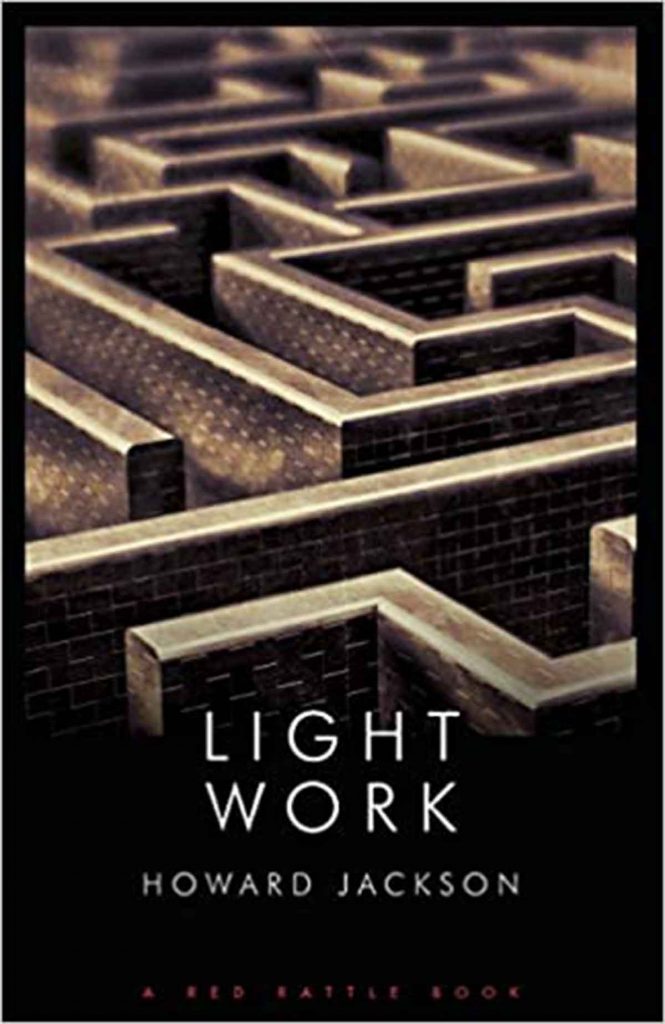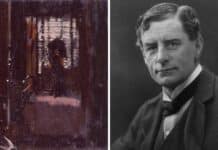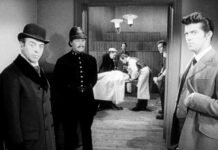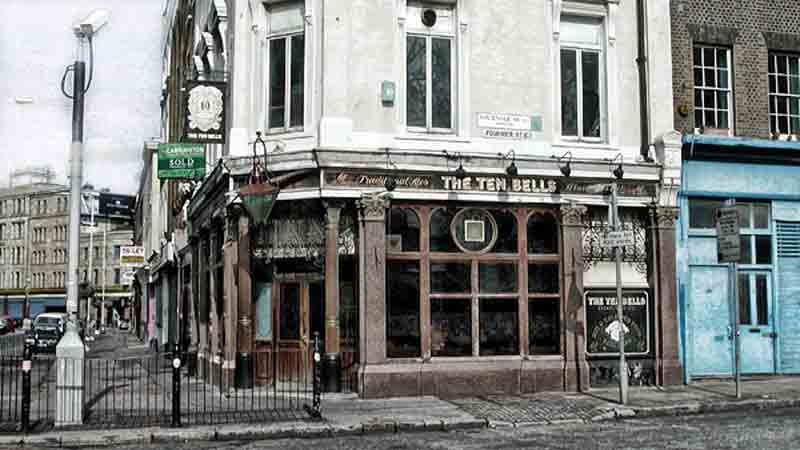HOWARD JACKSON argues Jack the Ripper may have been a cannibal in this exclusive extract from his book, Light Work..
Inspector Abberline said this, ‘… a fire so large as to melt the spout off the kettle. I have since gone through the ashes in the grate and found nothing of consequence except that articles of a woman’s clothing had been burnt which I presume was for the purpose of light as there was only one candle in the room.’
Cloth burns at the same temperature as cast iron melts. A fire burning clothes could have melted the kettle spout but, because the flames would have to travel further to reach the spout, only after the clothes had been burnt. A fire is an extravagant and uncomfortable way to light a room. The one burning candle might mean Mary Kelly’s supply of candles was limited or there was only one place in the room suitable for a candle or the light from one candle was adequate to illuminate the room. Even the Victorian poor had spares ready to replace the candles that were burning. Doctor Phillips stated that apart from the heart no organs were removed. The main purpose of the mutilations was to hack flesh from the bones. Subsequent surgeons insisted that the injuries were inflicted by an axe. The Ripper did not need bright light.

Bruce Robinson, author of ‘They All Love Jack’, argues that the mutilation of Mary Kelly conformed to a ritual of vengeance described by Prophet Ezekiel. Both the New York Herald and English journalist George R Sims also made the connection. Sims described the Ripper as ‘the man who has taken the Book of Ezekiel too literally’. Robinson argues correctly that if the Ripper needed light from the fire to help him strip the body of Mary Kelly down to the bone, he would have moved the kettle out of the fireplace. In ‘They All Love Jack’ we read this quote from Revelation’… these shall make her desolate and naked, and shall eat her flesh, and burn her with fire.’
Robinson argues the fire was used to burn the flesh that had been hacked away from Mary Kelly. The autopsy does not record whether there was missing flesh. There was a reference to a missing heart. Flesh may have been burnt in the fire.
Although Bruce Robinson is responsible for the selection of clauses in the constructed but not inappropriate quote from Revelation, he ignores his own reference to ‘and shall eat her flesh’. Later in ‘They all Love Jack’ we read a quote from Ezekiel, Chapter 24 Number 5. ‘Boil water in a pot and boil bones in it. Consume the flesh.’
The meals of a Victorian family were cooked on the fire. The fire inside the home of Mary Kelly was so hot it melted the kettle on top of the grill.
What happened inside the home of Mary Kelly was both extreme and bizarre. The police entered the room of Mary Kelly two and three quarter hours after her dead body was discovered by rent collector, Thomas Bowyer. The explanation is they were waiting for the arrival of bloodhounds to follow a trail. The notion that street policemen, medical officials and Whitehall administrators stood patiently outside a murder scene until someone remembered that the police no longer owned the bloodhounds is absurd. Something spooked the police. Horror is enough to make policemen secretive. Cannibalism was the ultimate horror.
If the Ripper were a cannibal, all that he could eat of his victims in the street was the odd keepsake like a womb, heart or kidney. Mary Kelly lost flesh where it was most abundant, her thighs and arms. These were also the limbs missing from the three female corpses that were discovered in London in 1888. When he murdered Mary Kelly, the Ripper behaved differently than from when he killed women on the street. Given other opportunities to work in his own home, he might have created at least one of those three torsos.
Bruce Robinson records a statement from a witness in the Pall Mall Gazette. ‘A gentleman engaged in business, stated he was walking through Mitre Square at about ten minutes past ten on Friday morning, when a tall well-dressed man carrying a parcel under his arm, and rushing along in a very excited manner, ran into him. The man’s face was covered with blood splashes, and his collar and shirt were also blood stained. The gentleman did not know at the time anything of the murder.’
This witness was not called to a rushed inquest. The only areas he described as stained by blood are the face of the man and the collar of his shirt. This sighting suggests that when the Ripper murdered his victim he put his face close to where his victim was bleeding. The tall well-dressed man that the gentleman saw had bloodstains on his face of the kind associated with vampires. The tall well-dressed man looked like someone who had been feeding. The room, when the police finally entered, was still very warm, too darn hot for vampires and anything other than an explanation that frightened the authorities into being secretive.









